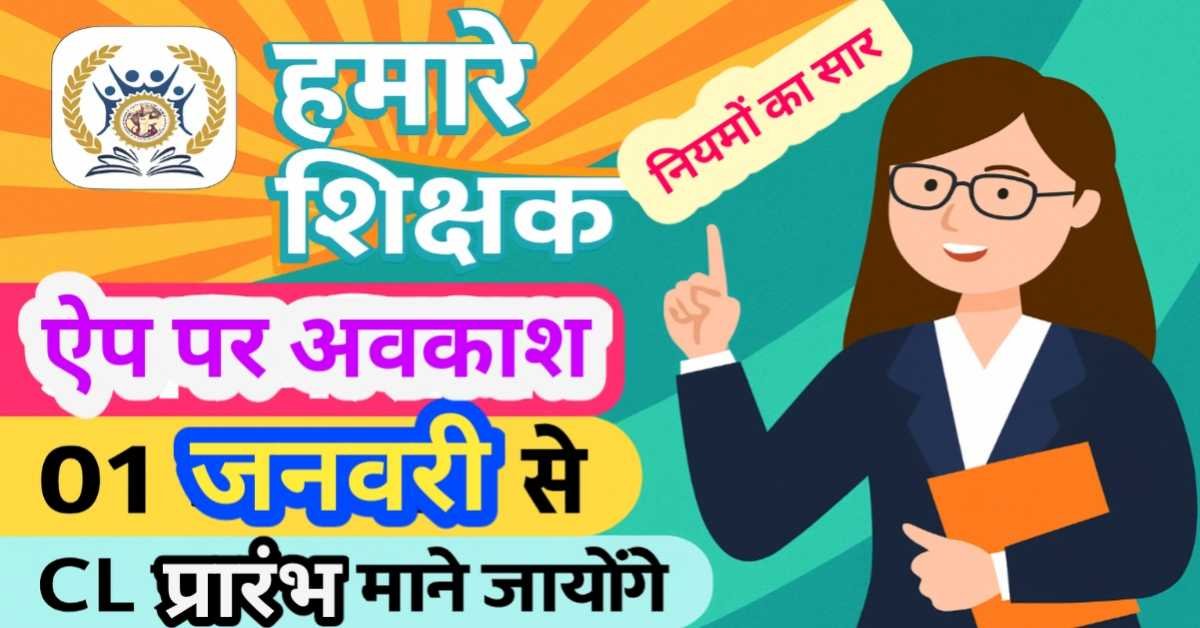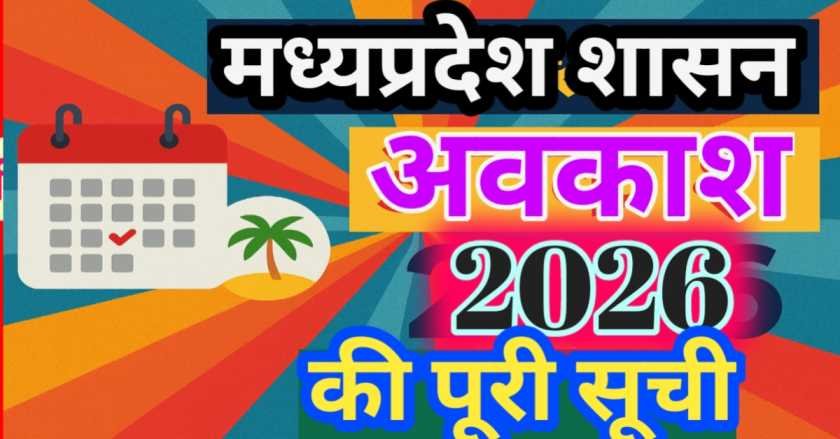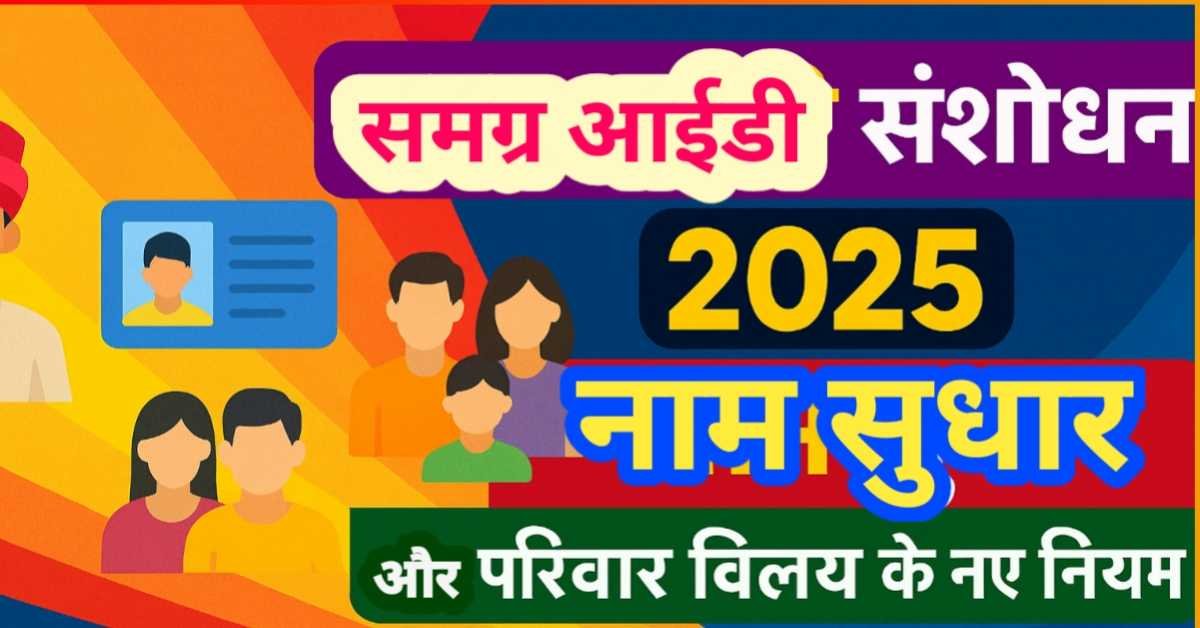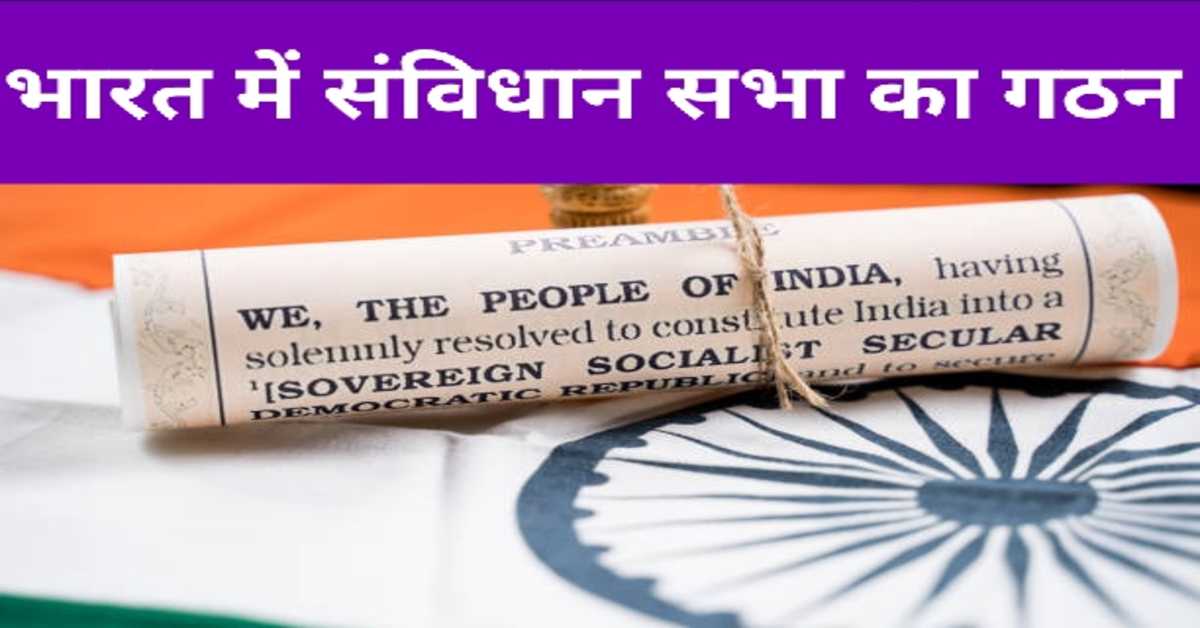
भारत में संविधान सभा का गठन | Constitution of Constituent Assembly in India
सर्वप्रथम सन् 1934 में एम.एन. रॉय ने संविधान सभा के गठन का विचार रखा। वे भारत में वामपंथी आंदोलन के नेता थे। आगे चलकर सन् 1935 में पहली बार भारत के संविधान निर्माण हेतु भारतीय राष्ट्रीय कांग्रेस ने आधिकारिक रूप से संविधान सभा के गठन की माँग रखी। सन् 1938 में पंडित जवाहरलाल नेहरू ने भारतीय राष्ट्रीय कांग्रेस की ओर से घोषणा की कि स्वतंत्र भारत के संविधान का निर्माण, संविधान सभा द्वारा किया जाएगा। संविधान सभा वयस्क मताधिकार के आधार पर चुनी जाएगी। इन सभी कार्यों में कोई बाहरी हस्तक्षेप नहीं होगा। नेहरू द्वारा की गई इस माँग को ब्रिटिश सरकार ने मान लिया। इसे सन् 1940 का 'अगस्त प्रस्ताव' कहा जाता है। सन् 1942 में ब्रिटिश सरकार के कैबिनेट मंत्री स्टैफोर्ड क्रिप्स और ब्रिटिश मंत्रिमंडल के सदस्य, प्रारूप प्रस्ताव लेकर भारत आए। यह प्रस्ताव स्वतंत्र भारत के संविधान निर्माण के लिए था। इस संविधान को दूसरे विश्व युद्ध के पश्चात अपनाया जाना था। क्रिप्स प्रस्ताव को मुस्लिम लीग ने स्वीकार करने से मना कर दिया था। उनकी माँग थी कि भारत को दो हिस्सों में बाँट दिया जा। वे इन दोनों स्वायत्त हिस्सों की अपनी-अपनी संविधान सभा में बनाना चाहते थे। अंत में ब्रिटिश सरकार ने भारत में एक कैबिनेट मिशन भेजा। इस मिशन के अंतर्गत अलग-अलग दो संविधान सभा की माँग को ठुकरा दिया गया। इस मिशन ने ऐसी संविधान सभा की योजना सामने रखी जिससे मुस्लिम लीग संतुष्ट हो गया।
First in 1934 M.N. Roy proposed the formation of a Constituent Assembly. He was the leader of the leftist movement in India. Later in 1935, for the first time in the constitution of India, the Indian National Congress officially demanded the formation of the Constituent Assembly. In 1938, Pandit Jawaharlal Nehru announced on behalf of the Indian National Congress that the constitution of independent India would be framed by the Constituent Assembly. The Constituent Assembly will be elected on the basis of adult suffrage. There will be no outside interference in all these works. This demand made by Nehru was accepted by the British government. This is called the 'August Resolution' of 1940. In 1942, the British Cabinet Minister Staffford Cripps and members of the British Cabinet came to India with a draft proposal. This proposal was for the making of the constitution of independent India. This constitution was to be adopted after the Second World War. The Muslim League refused to accept the Cripps proposal. Their demand was that India should be divided into two parts. They wanted to create these two autonomous parts in their respective Constituent Assembly. Finally the British Government sent a Cabinet Mission to India. Under this mission, the demand for two separate Constituent Assembly was rejected. This mission put forward a plan for such a Constituent Assembly, which satisfied the Muslim League.
इस 👇 बारे में भी जानें।
1. भारतीय संविधान के स्रोत
2. भारतीय संविधान का निर्माण
3. भारतीय संवैधानिक विकास के चरण
4. अंग्रेजों का चार्टर एक्ट क्या था
5. अंग्रेजों का भारत शासन अधिनियम
6. अंग्रेज कालीन – भारतीय परिषद् अधिनियम
7. भारतीय संविधान की प्रस्तावना की प्रकृति व महत्व
कैबिनेट मिशन योजना द्वारा दिए गए प्रस्तावों के अंतर्गत नवंबर 1946 में संविधान सभा का गठन किया गया था। इसके अंतर्गत संविधान सभा की कुल सदस्य संख्या 389 होनी थी। इनमें से 296 सीटें ब्रिटिश भारत तथा 93 सीटें देशी रियासतों के लिए आवंटित की जानी थी। ब्रिटिश भारत के लिए आवंटित की गई 296 सीटों में 292 सदस्यों का चयन 11 गवर्नरों के प्रांतों तथा चार का चयन मुख्य आयुक्तों के प्रांतों से किया जाना था। प्रत्येक प्रांत और देसी रियासतों को उनकी जनसंख्या के आधार पर सीटें दी जानी थी। प्रत्येक 10 लाख लोगों पर एक सीट आवंटित की जानी थी। देश के प्रत्येक ब्रिटिश प्रांत को दी गई सीटों का निर्धारण तीन प्रमुख समुदायों के मध्य उनकी जनसंख्या के अनुपात में किया जाना था। यह तीन समुदाय मुस्लिम, सिख और सामान्य के थे। इसके अंतर्गत मुस्लिम और सिख समुदाय को छोड़ दिया गया था। इसके अतिरिक्त प्रत्येक समुदाय के प्रतिनिधि का चयन प्रांतीय असेंबली में संबंधित समुदाय के सदस्यों द्वारा होना था तथा एकल संक्रमणीय मत के द्वारा समानुपातिक प्रतिनिधित्व तरीके से मतदान किया जाना था। देसी रियासतों के प्रतिनिधियों का चुनाव रियासतों के प्रमुखों द्वारा किया जाना था।
The Constituent Assembly was formed in November 1946 under the proposals given by the Cabinet Mission Plan. Under this, the total number of members of the Constituent Assembly was to be 389. Of these, 296 seats were to be allotted to British India and 93 to the princely states. Of the 296 seats allotted to British India, 292 members were to be elected from 11 governors' provinces and four from chief commissioners' provinces. Each province and the princely states were to be given seats on the basis of their population. One seat was to be allotted for every 10 lakh people. The seats assigned to each British province of the country were to be determined among the three major communities in proportion to their population. These three communities belonged to the Muslim, the Sikh and the general. Under this the Muslim and Sikh communities were left out. In addition, the representative of each community was to be elected in the Provincial Assembly by the members of the community concerned and by the single transferable vote to be voted on in a proportional representation manner. The representatives of the princely states were to be elected by the heads of the princely states.
लोकप्रशासन के इस 👇 प्रकरण को भी पढ़ें।
लोक प्रशासन में सांवेगिक (भावात्मक) बुद्धि की उपयोगिता
आंशिक रूप से चुनी हुई तथा आंशिक रूप से नामांकित निकाय को संविधान सभा कहा गया। इसके अतिरिक्त सदस्यों का चयन अप्रत्यक्ष रूप से प्रांतीय व्यवस्थापिका के सदस्यों द्वारा किया जाना था। उनका चुनाव एक सीमित मताधिकार के आधार पर किया गया था। तत्कालीन समय में संविधान सभा के लिए जुलाई-अगस्त 1946 में चुनाव किया गया। यह चुनाव मुख्य रूप से ब्रिटिश भारत के लिए आवंटित 296 सीटों के लिए था। परिणामस्वरूप इस चुनाव में भारतीय राष्ट्रीय कांग्रेस को 208, मुस्लिम लीग को 93 तथा छोटे समूह और स्वतंत्र सदस्यों को 15 सीटें प्राप्त हुई। इस चुनाव में देसी रियासतों के लिए आवंटित की गई 93 सीटें भर नहीं पाई थी। इन आवंटित सीटों ने खुद को संविधान सभा से अलग करने का निर्णय कर लिया था। संविधान सभा का चुनाव भारत के वयस्क मतदाताओं द्वारा प्रत्यक्ष रूप से नहीं किया गया था। इसमें प्रत्येक समुदाय के प्रतिनिधियों को जगह मिली थी। इसमें महिलाओं को भी शामिल किया गया था। तत्कालीन समय में संविधान सभा में भारत की सभी बड़ी हस्तियाँ शामिल थीं। इस सभा में महात्मा गांधी शामिल नहीं हुए थे। प्रत्येक समुदाय हिंदू, मुस्लिम, पारसी, सिख, आंग्ल-भारतीय, भारतीय ईसाई, अनुसूचित जाति, अनुसूचित जनजाति के लोग इसमें शामिल हुए थे।
The partly elected and partly nominated body was called the Constituent Assembly. In addition, the members were to be elected indirectly by the members of the provincial legislature. He was elected on the basis of a limited franchise. At that time elections for the Constituent Assembly were held in July-August 1946. The election was primarily for the 296 seats allocated to British India. As a result, the Indian National Congress got 208 seats, the Muslim League 93 and the small group and independent members 15 seats in this election. In this election, 93 seats allotted for the princely states were not filled. These allotted seats had decided to dissociate themselves from the Constituent Assembly. The Constituent Assembly was not directly elected by the adult voters of India. Representatives of each community got a place in it. Women were also included in this. At that time all the big personalities of India were included in the Constituent Assembly. Mahatma Gandhi did not attend this meeting. People from every community Hindu, Muslim, Parsi, Sikh, Anglo-Indian, Indian Christian, Scheduled Caste, Scheduled Tribe participated in it.
समाजशास्त्र के इस 👇 प्रकरण को भी पढ़ें।
राष्ट्रीय महिला आयोग एवं उसके प्रमुख कार्य
आशा है, उपरोक्त जानकारी परीक्षार्थियों / विद्यार्थियों के लिए ज्ञानवर्धक एवं परीक्षापयोगी होगी।
धन्यवाद।
RF Temre
infosrf.com
संबंधित जानकारी नीचे देखें।
(Watch related information below) 👇🏻

आशा है, उपरोक्त जानकारी उपयोगी एवं महत्वपूर्ण होगी।
(I hope the above information will be useful and important. )
Thank you.
लेखक
(Writer)
infosrf.com

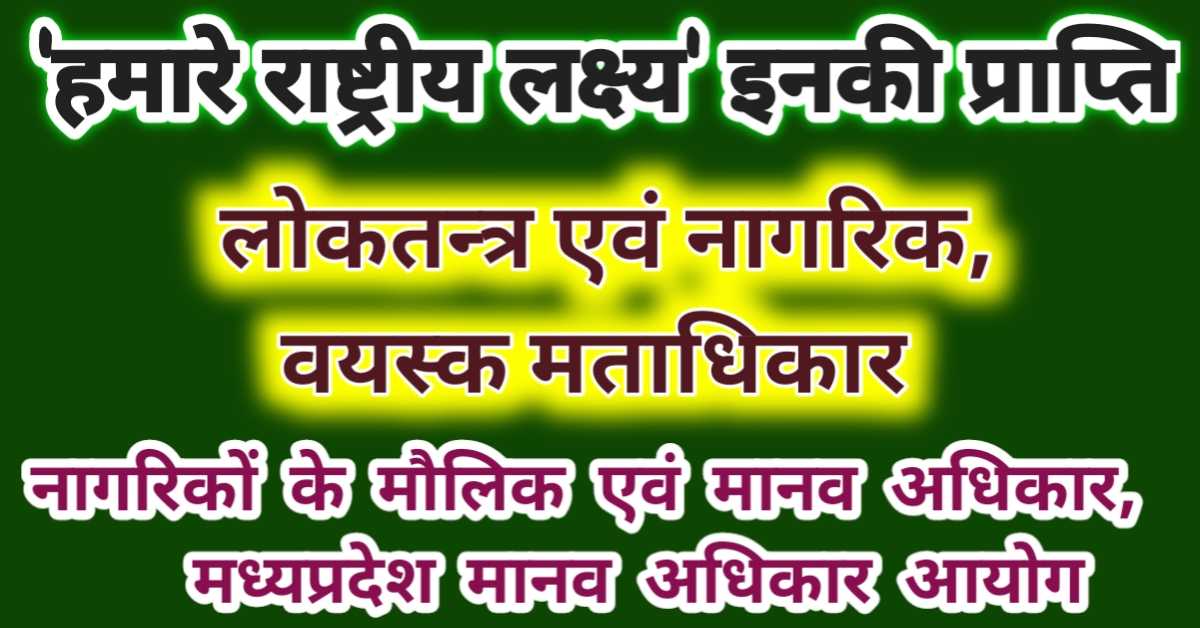
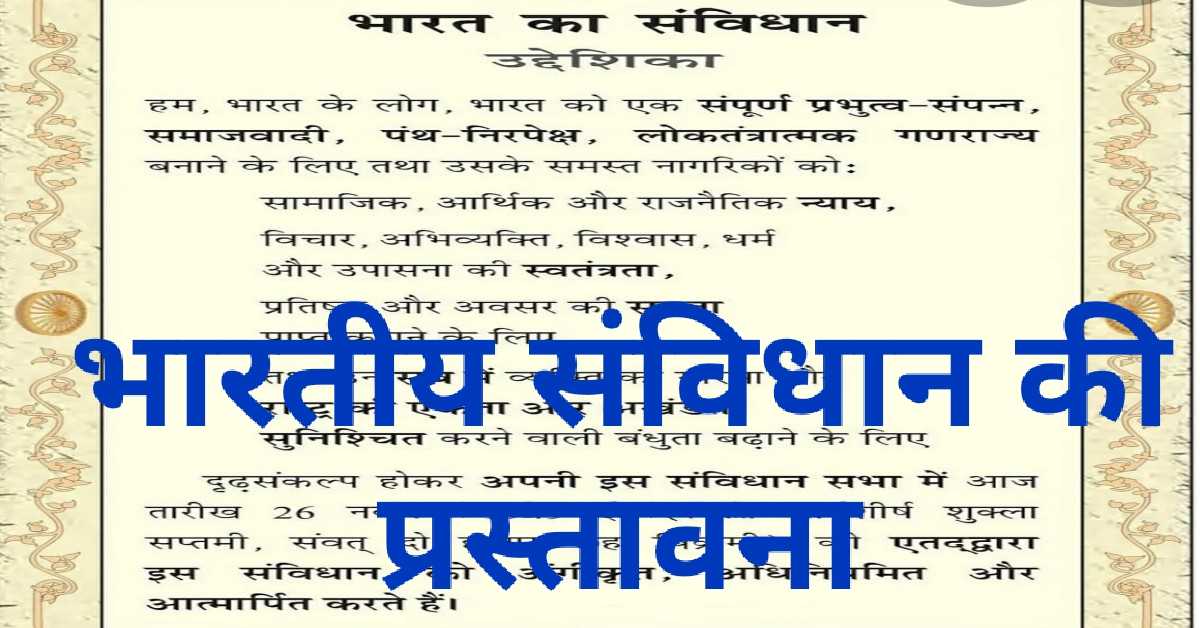
.jpg)

